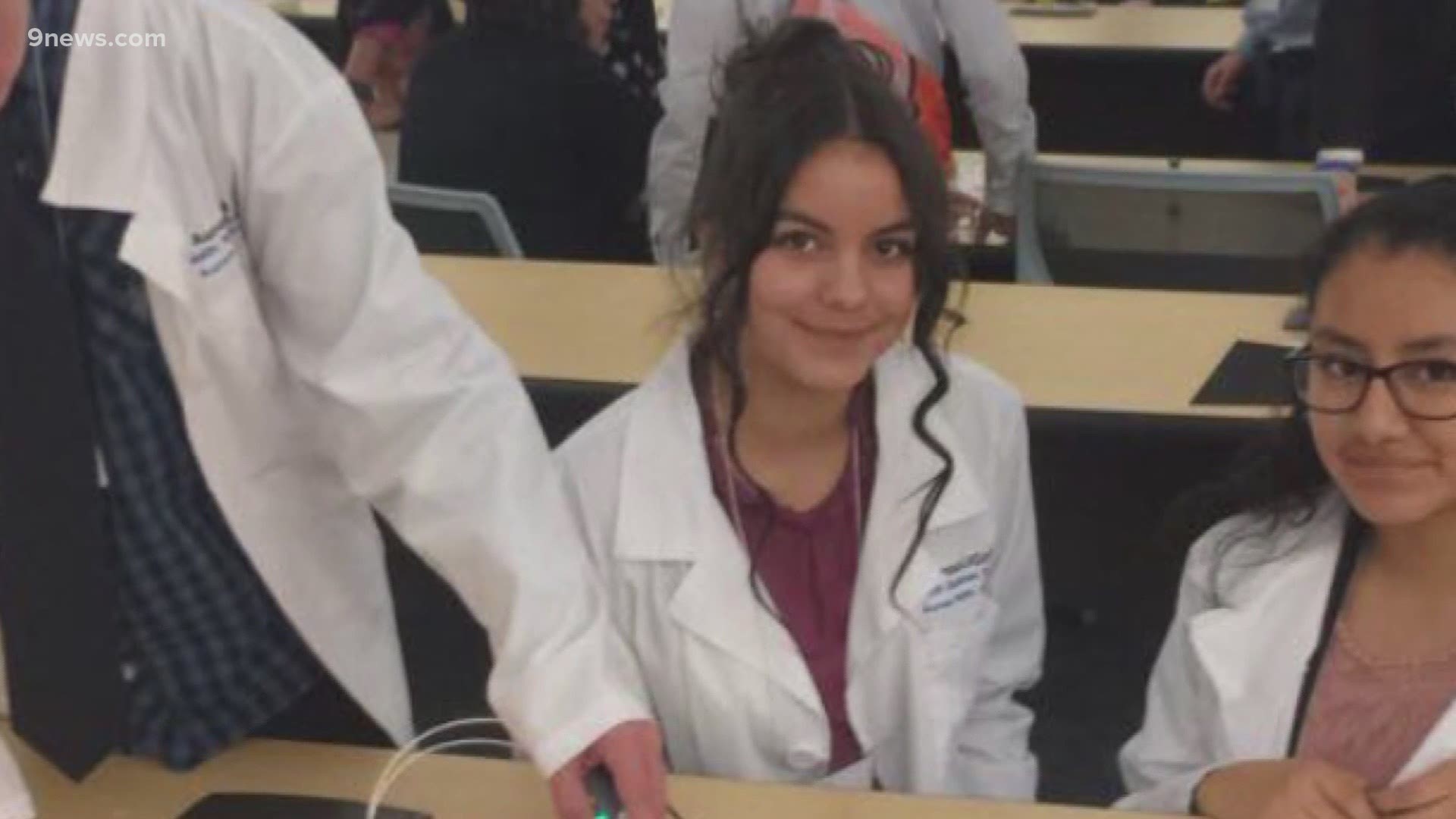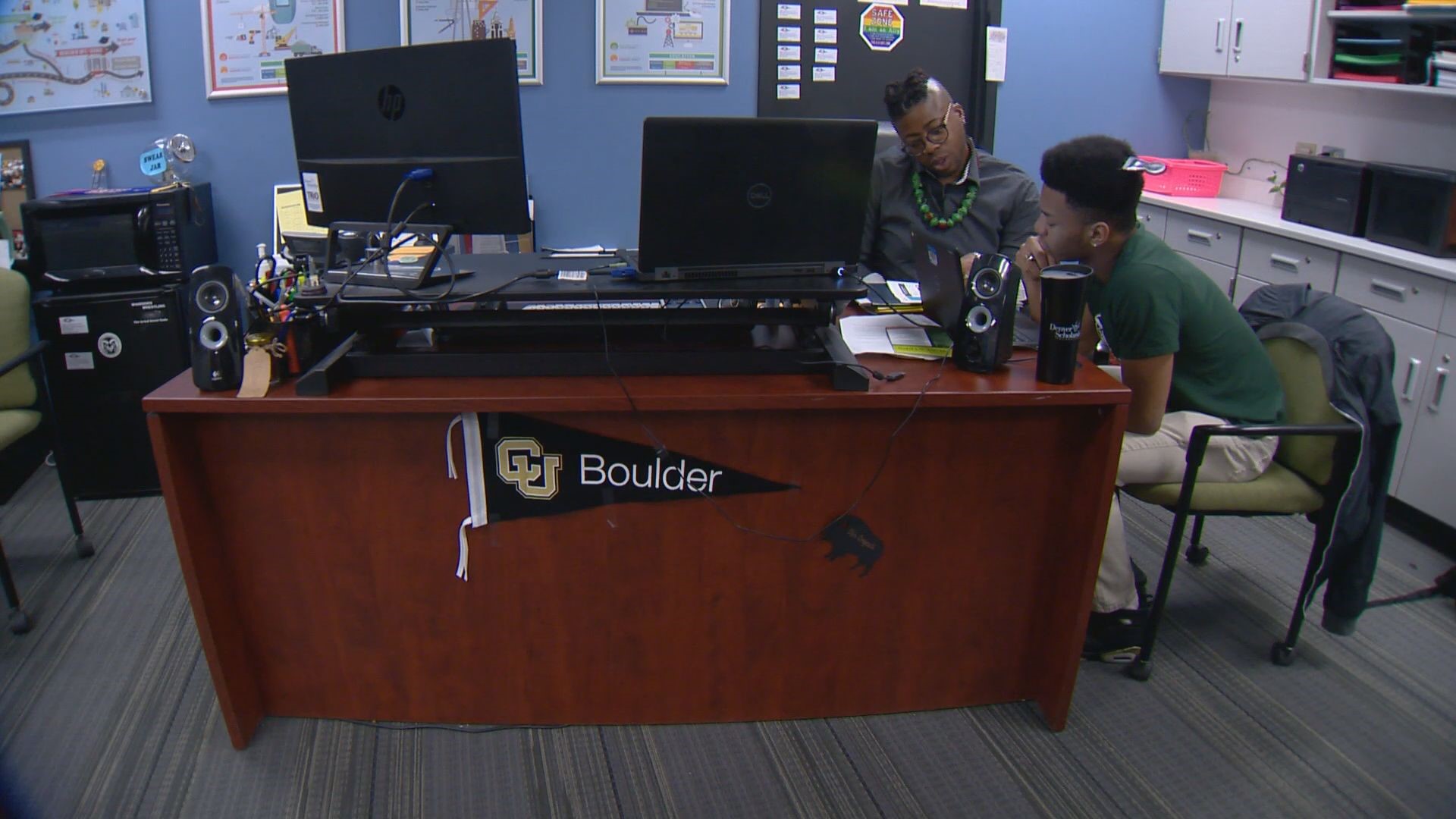AURORA, Colo — Daisy Chavez has been dreaming about graduation since the moment she started high school
“When I was a freshman, I was so excited to be a senior,” the 17-year-old remembered. “And the years really do fly, because now I’m a senior and it’s hard to believe.”
Chavez attends Hinkley High School in Aurora, where she is an honors student. Besides juggling a part-time job and playing multiple sports, she is also dually enrolled in college classes through a partnership program between Hinkley and the Community College of Aurora, earning credits for an early Associates' Degree.
And Chavez has a career path already outlined.

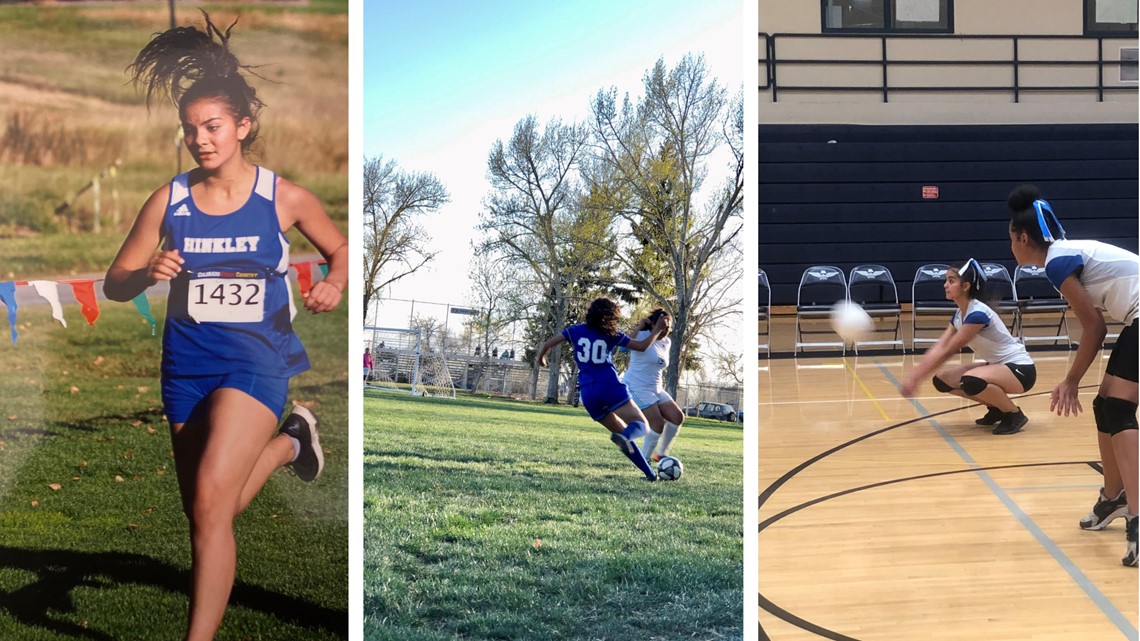
“I want to be an orthodontist, I want to go into the dental field,” Daisy explained.
“I am super proud,” said her mother, Magdalena Chavez.
“I always knew from the very get-go, when she was very little, that education was very important to her.”
While Daisy dreams of higher education, her mother’s experience with school was different.
Magdalena finished high school, but never went to college.
“When I was going to school, it was very different,” she explained.
“Because I felt like I was on my own. My parents did not go to school in this country. They did not understand the language, they did not understand the paperwork. They didn't know where to start.”

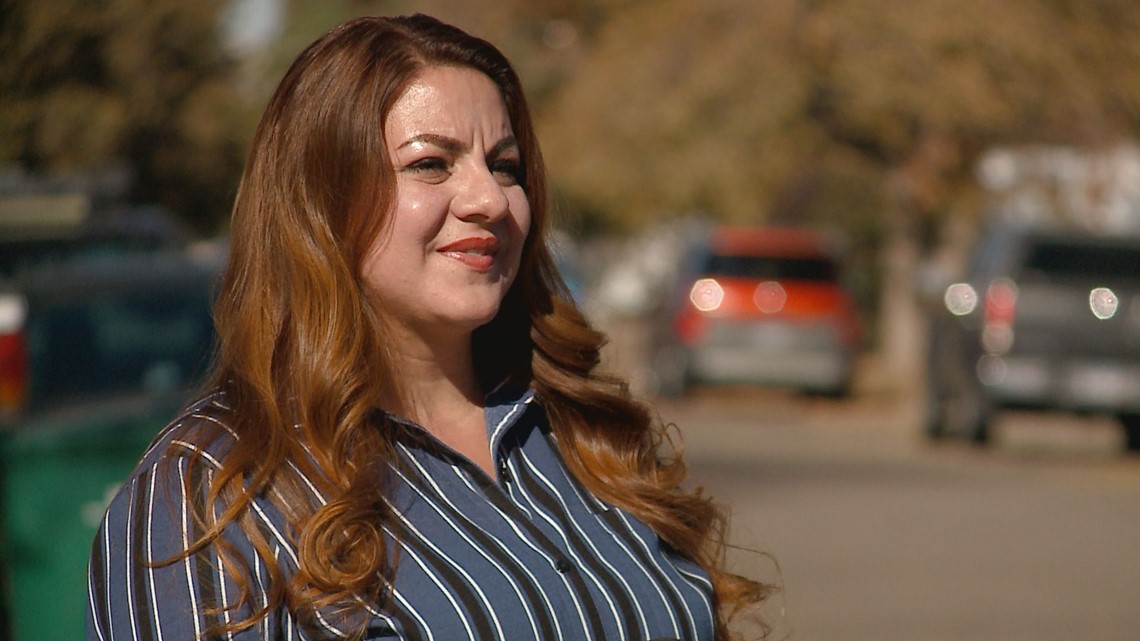
The Chavez family is Latinx.
Magdalena remembers the barriers she and her family faced while finishing her education. She hoped her own daughter would have a different experience.
“I feel like, for me, graduating high school was a huge success,” Magdalena said. “But I feel, with Daisy, … graduating high school is just the first stepping stone.”
THE CHANGING STATE-WIDE TRENDS
More Colorado high school students are now reaching that first milestone of high school graduation, compared to a decade ago.
And among those graduates, Black and Latino students made significant gains, even starting to close a sizable gap that previously kept them far behind their white peers.
9NEWS compared data from the Colorado Department of Education
Statewide four-year graduation rates 2009-2010 school year:
- Black students: 63%
- Latino students: 55.5%
- White students: 80.2%
State-wide graduation rates 2018-2019 school year (most recent data available)
- Black students: 74.4%
- Latino students: 74%
- White students: 85.9%
Despite significant gains made by Black and Latino students, students of color are still graduating less often than white students.
ONE DISTRICT’S PROGRESS
“We know schools are a reflection of the society and culture around us,” said Rico Munn, superintendent of Aurora Public Schools (APS)
Munn leads Colorado’s fifth-largest school district and one of its most diverse. He said about 55% of the district’s students are Latinx, about 18% Black, and 17% white. Daisy Chavez is a student in APS.
“And it is an inescapable fact that, in our society and culture, there are disparities between people of color, students of color, and a majority,” he said.
Data shows APS trends over the past ten years are similar to the state’s, as students of color made significant graduation gains:
APS graduation rates, class of 2010:
- Black students: 55.3%
- Latino students: 34.2%
- All students: 45.5%
APS graduation rates, class of 2019:
- Black students: 74.5%
- Latino students: 76.3%
- All students: 76.2%
“I think what we’re really excited by is, that [progress] coincides with a decrease in drop-out rates so it’s not certain students just ‘hanging in’ there,” Munn said.
“We’re keeping more students, and they’re graduating.”
Munn, who became Superintendent in 2013, said the district’s started to focus more on the barriers students of color often face.
For example financial barriers. He said many students have to work to help provide financial assistance for their family, which takes time and focus away from schoolwork. Munn said about 75% of the students in his district identified for free or reduced lunch.
Others don’t have access to the same technology, tutoring, or other resources as their fellow students. Many students don’t look like the educators who are teaching them.


Munn said these barriers can make it harder for students to engage with school, or imagine a future of high academic performance.
He offered a few examples of changes APS made to address those issues.
“We got very, very good at tracking our ‘on-track to graduation’ data,” he explained. “Knowing from the first moment they entered into ninth grade through their graduation date, where was each one of our students, were they on track or off track? Having that high-level data and analysis helped us intervene earlier than finding out middle of students senior year that they’re not on track and having that conversation [then].”
Munn said APS began to give students less flexibility in their early high school class schedules.
“You know, oftentimes, 14 and 15 year-olds didn’t make great choices. Which should not have been the biggest surprise in the world,” he said explained. “We really did more to be more assertive about those choices and make sure they were fully scheduled with classes they needed to be on track [to graduate].”

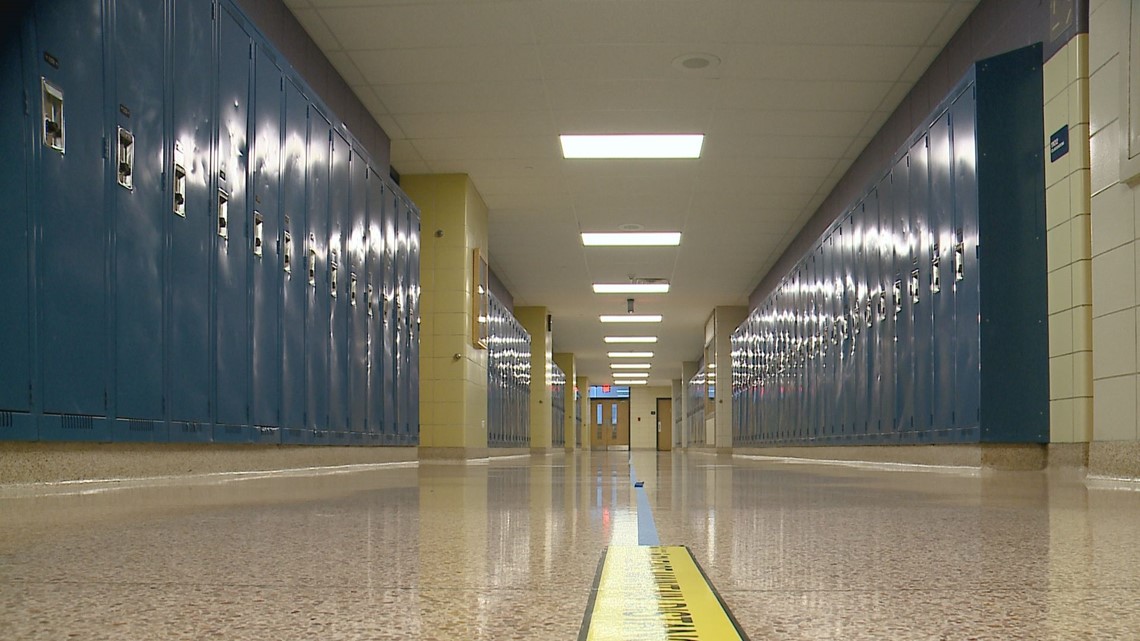
Munn said APS also “got more serious and thoughtful” about the district's diversity, equity, and inclusion work.
“Overall across the district we’ve seen an increase in academic achievement, which tells you we’re not lowering the standard, we’re getting more kids to the standard,” Munn said.
“We’re not anywhere close to where we need to be across the board there, but we're excited we’re seeing that.”
“Now that we’ve gotten more than the majority of our kids [graduating], we need to think about what’s the next benchmark. The next benchmark is making sure a high number of our kids are matriculating. Getting into college, if that’s their plan. And that a high number of our kids are graduating successfully from college so they can implement a plan that’s important for their life.”
The Denver Scholarship Foundation is an organization that partners with Denver Public Schools to help high school students get to college, and be successful there.
Chief Operating Officer Nathan Cadena explains the group’s mission, some of the barriers students of color face, and what a high school degree means in Colorado today.
Attending school virtually during a pandemic has certainly dampened the senior year experience for Daisy.
But she’s still on track to graduate, and she and her family are getting excited to celebrate that milestone.

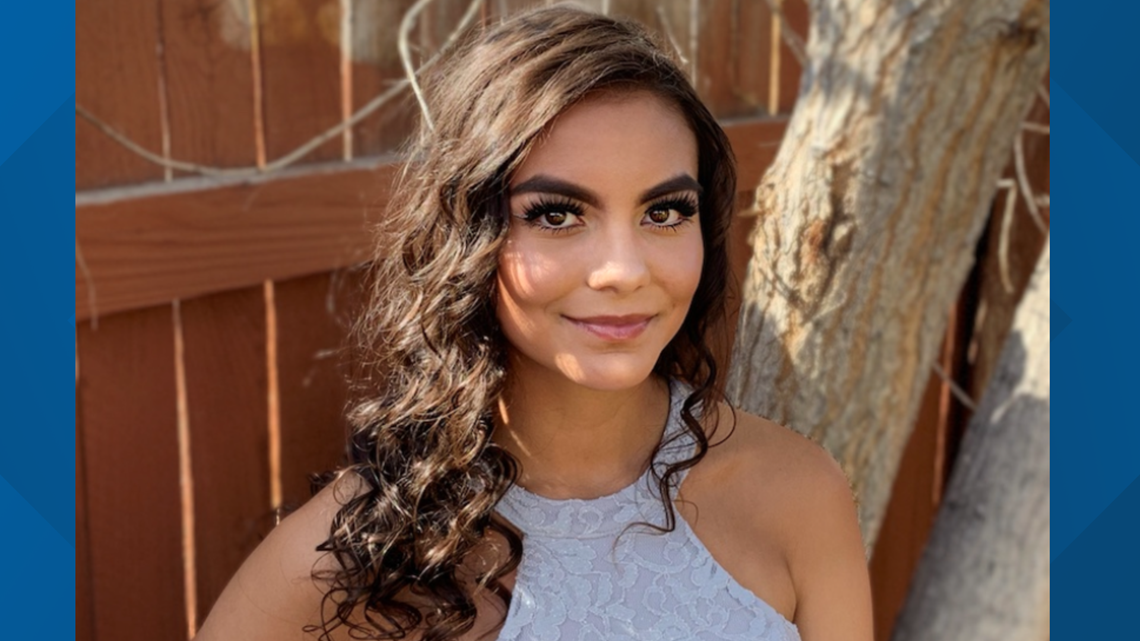
“We want to celebrate her. We want her to know all her accomplishments matter and we're very proud.”
Daisy’s proud of the progress made by the Black and Latinx students in her district, and in her state.
“It matters, the progress, the growth in the short amount of years,” she said. “That’s inspiring more people to keep graduating. They’re paving the way for us, for me, people who look like me.”
This story is part of a series of stories we'll be airing throughout the month of November, where we look at Disparity in Colorado in many different areas from education to healthcare access and how disparity within the criminal justice system impacts people of color in Colorado.
Suggested Videos| Voices of Change

